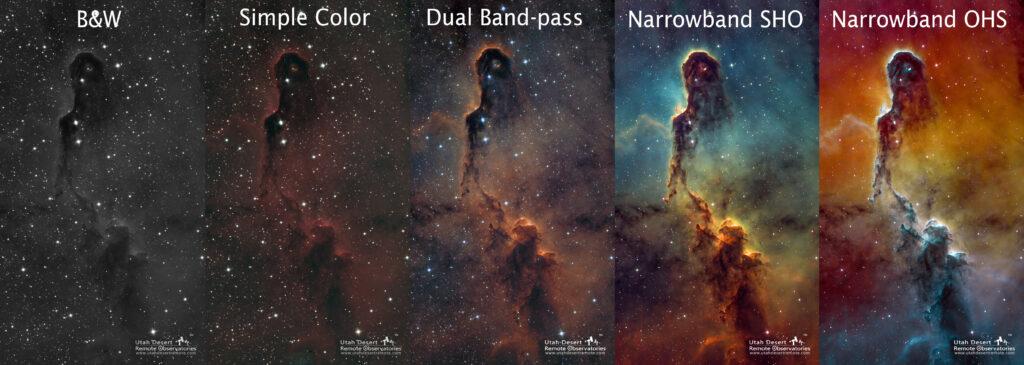Why do we color map astro images? Well, I’d say it’s for pretty much the same reasons we create images in the first place.

A journalist creates an image to show us what something looks like.
A food photographer creates an image to show us what something tastes like.
A scientist creates an image to show us what something is made of.
A medical imager creates an X-ray image to show us structures we can see by eye.
An artist creates an image to show us something the way they imagine it.
And, of course, the list goes on and on.
Astrophotographers frequently use special glass filters such as a dual narrowband filter like the Optolong L-eNhance to highlight hydrogen and oxygen gases using a color camera. Energized gases give off light in very specific colors which the filters allows to pass through to the camera’s sensor. The result is an image with more contrast between the different gases.
Narrowband filters go even farther to capture just one specific gas such as hydrogen, oxygen or sulfur, usually using a monochrome camera. Those separate monochrome images are then combined and color-mapped to allow us to easily visualize the presence of the various gases. (Note that there aren’t any color cameras on the Hubble or James Webb telescopes, any color image you see has been color-mapped.)
As the creator of an image you get to decide on your own goal (or goals). Any choice is valid – as long as you aren’t misleading.
For me, my goals are somewhere between a scientist and an artist, but I probably give the artist side more weight. I want to create a striking and attractive image that also clearly shows the structure and composition of a target.
This shows a progression from a simple B&W rendering that is probably close to what you might see through a really good telescope to progressively more detailed versions that more clearly show the makeup of the Elephant Trunk Nebula.
The image above shows a progression from a simple B&W rendering that is probably close to what you might see through a really good telescope to progressively more detailed versions that more clearly show the makeup of the Elephant Trunk Nebula.
